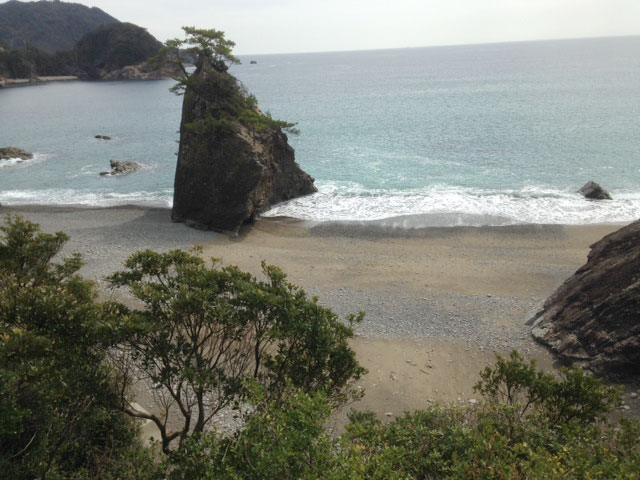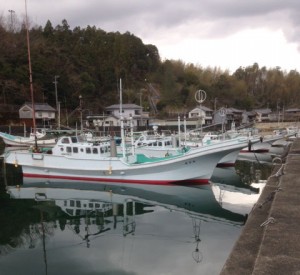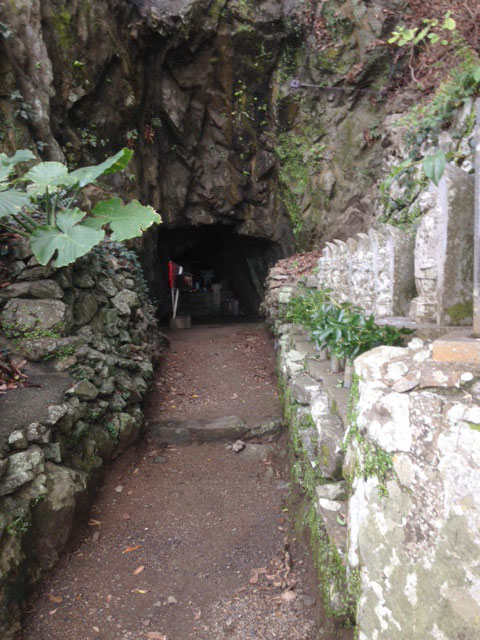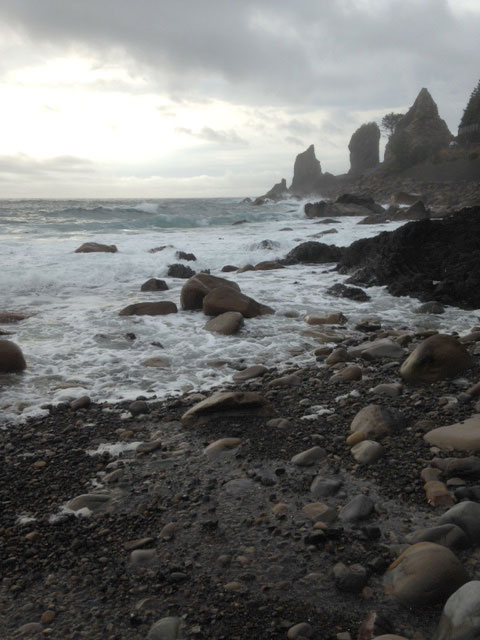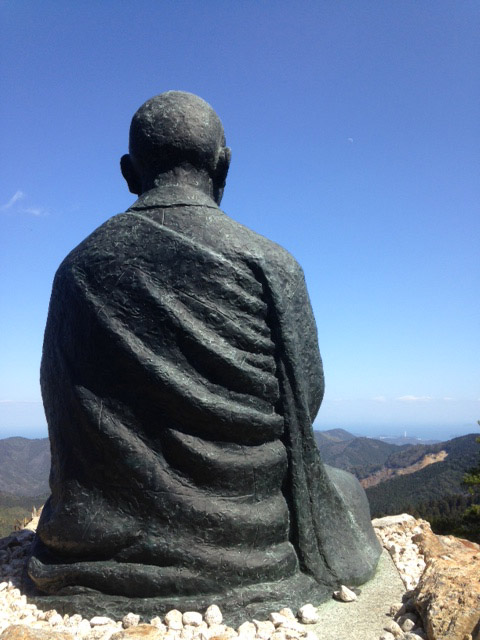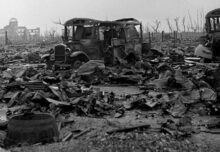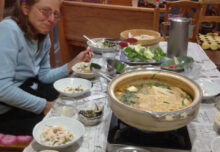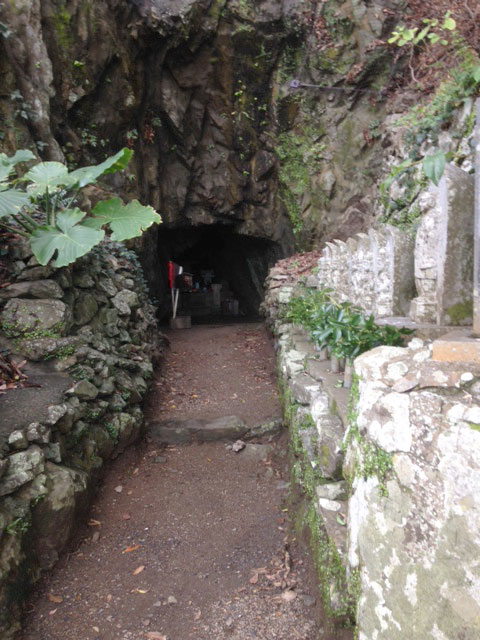
Japan is a small country with much of its land area the steep slopes of mountains. Wherever there is flat land it is reserved for agriculture with houses crowded along the edges. But Japan is also an island country, and as we walked out to the wide open waters of the Pacific Ocean, the country seemed much bigger to me.
When the Shikoku 88 Temple trail reached the sea at first it was difficult for us to move forward. We wanted to walk on every beach and search for shells and sea glass, or interesting floating garbage. We stopped to admire a school of large fish leaping out of the water. Even Mark and Jeanne, who have a summer salmon fishing business in Alaska, didn’t know why the fish would expend so much energy to burst high out of the sea.
But we had miles to walk and temples to see so we forced ourselves to follow the road that hugged the coast. Sometimes we could walk on a dike right above the shore and watch waves crash against the rocks. Sometimes we walked through fishing villages where boats with high prows filled small harbors. The coast here begins as shallow water then a bit farther out the shelf disappears and the water is cold and deep. Bonito tuna swim in those waters and a local speciality is seared bonito, a delicious blend of cooked and raw, the fish covered in a soy sauce with slices of garlic and green onion.
One day we walked nineteen miles along the ocean, taking the old road whenever we could. The new road bypasses the narrow villages where it seems life is slow and some of the old houses are empty. Japan is an aging society and we rarely see young working people. The towns and fields are filled with older Japanese who continue to farm and fish even as their children and grandchildren look for work in bigger places. It reminds me of rural America and the challenge of keeping each generation on the land, or at sea.
On that long walking day we stopped for lunch at a beach where surfers bobbed in the waves, identical in their dark wetsuits. Sometimes a surfer would find a good wave but it seemed the waves weren’t quite high enough for long rides. The beach was perfectly fine for walking on and we continued southwest, walking quickly through tunnels and singing to make the dark less heavy as our voices bounced from the curved ceilings.
It began to rain as we neared our last miles of the day. We stopped in a small store to buy a quick snack of mochi, pounded rice that becomes like a delicious bubblegum, and often is wrapped around a sweet bean paste. It had the concentrated calories we needed as the rain and cold increased.
What a delight it was to slide open the door to our lodging and see smiling faces with towels for our wet feet and hot tea to warm us. The Tokumasu family has three generations at work in their family inn. The grandmother, age 95, makes the pickles and tea. The mother prepares fresh meals from food they grow in their own garden and the son is a genial host welcoming each guest. He proudly pointed out each ingredient in our beautiful dinner. Fish from the local market, mushrooms and greens from their garden and the tea that his grandmother grew and dried.
The rain had stopped by morning and after a delicious breakfast with all the Japanese essentials- green tea, miso soup, white rice, pickles and fish- we bowed our goodbyes. After our long day we had an easy day planned with time to walk on the beach and admire the giant rocks where waves crashed in big white splashes. In a quiet pool we saw a large flat fish with an aqua-blue tail, a tropical vision that surprised us all.
In the next village we were told to stop at the Geopark as they were serving free food for the Henro, the pilgrims. We were welcomed and served hot, sweet bean soup, surprisingly tasty. And the Geopark had a new museum explaining the local geology and cultural history. Tom, who teaches Earth Science, thought it was wonderful and we had to drag him away to continue our walk. Inside he’d had a conversation with a Japanese woman who spoke perfect English. She told him the Geopark was a UNESCO site, a designation given to places in the world that have special historical or cultural significance.
We allowed ourselves one last distraction before we climbed up to temple #24, stopping to enjoy a free hot foot bath outside of the local onsen, a bath house that was doing a brisk Sunday afternoon business. Our feet thanked us for the time out.
Many of the old temples were built on hills or mountains and #24 has a dramatic view at the end of a long peninsula. The climb wasn’t bad and the temple grounds had tall cedar trees amidst the wooden buildings. Each of the 88 temples has its own flavor and at the end of the day the four of us talk about what we saw. This temple had a lighthouse just below it and an endless view of the Pacific Ocean. We looked northeast to where the mountains of Shikoku plunged down to the sea and spotted the narrow road we had walked.
On the other side of the cape we looked ahead to where the temples were closer together, and the land more forgiving. Rice fields shone in the afternoon sun and the coast was filled with houses, far more than we had seen for a couple of days. Our trail would leave the ocean for awhile as we traveled the next miles. Satisfied with our glimpse of what lay ahead, we picked up our walking staffs and headed down.

